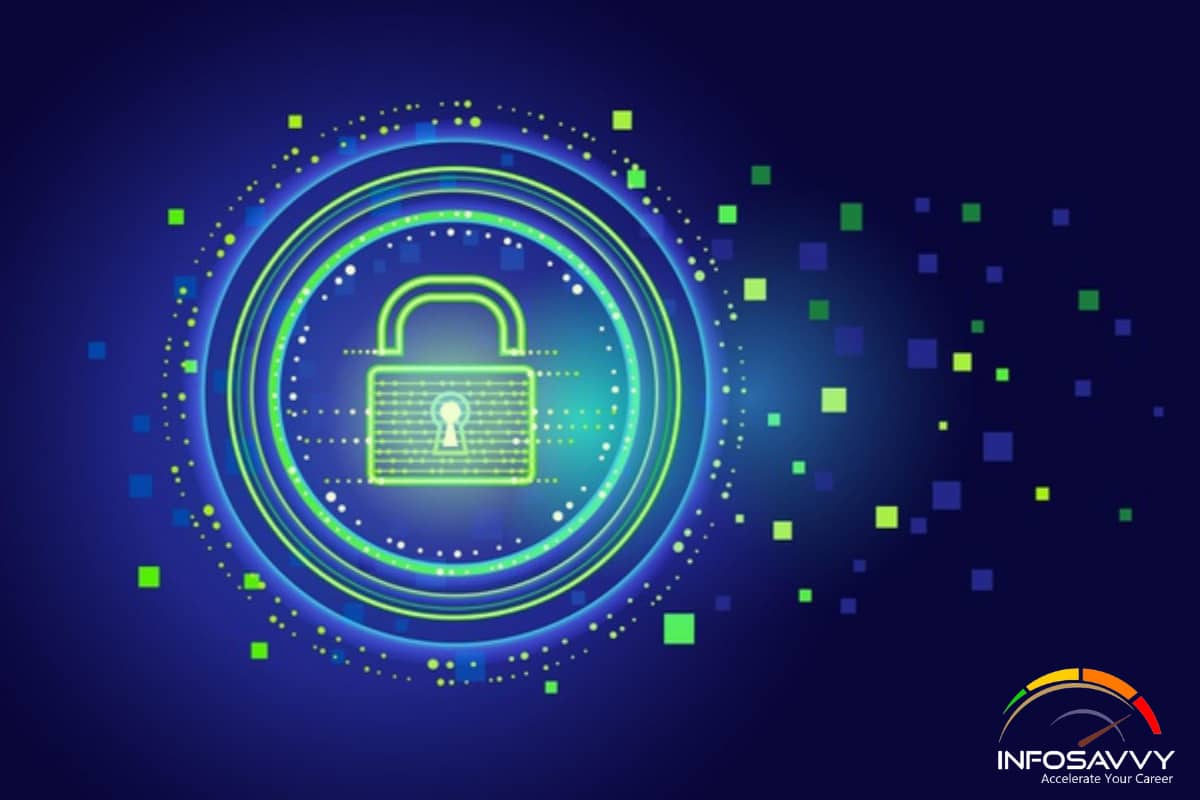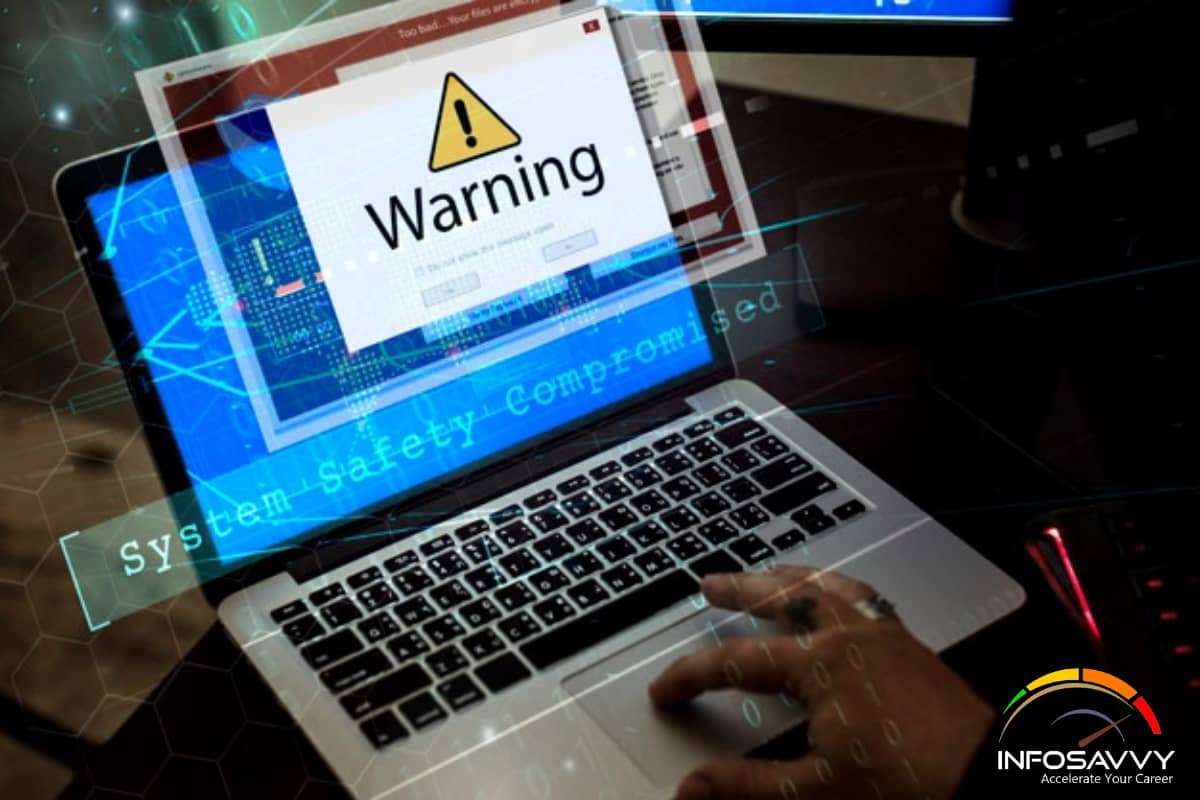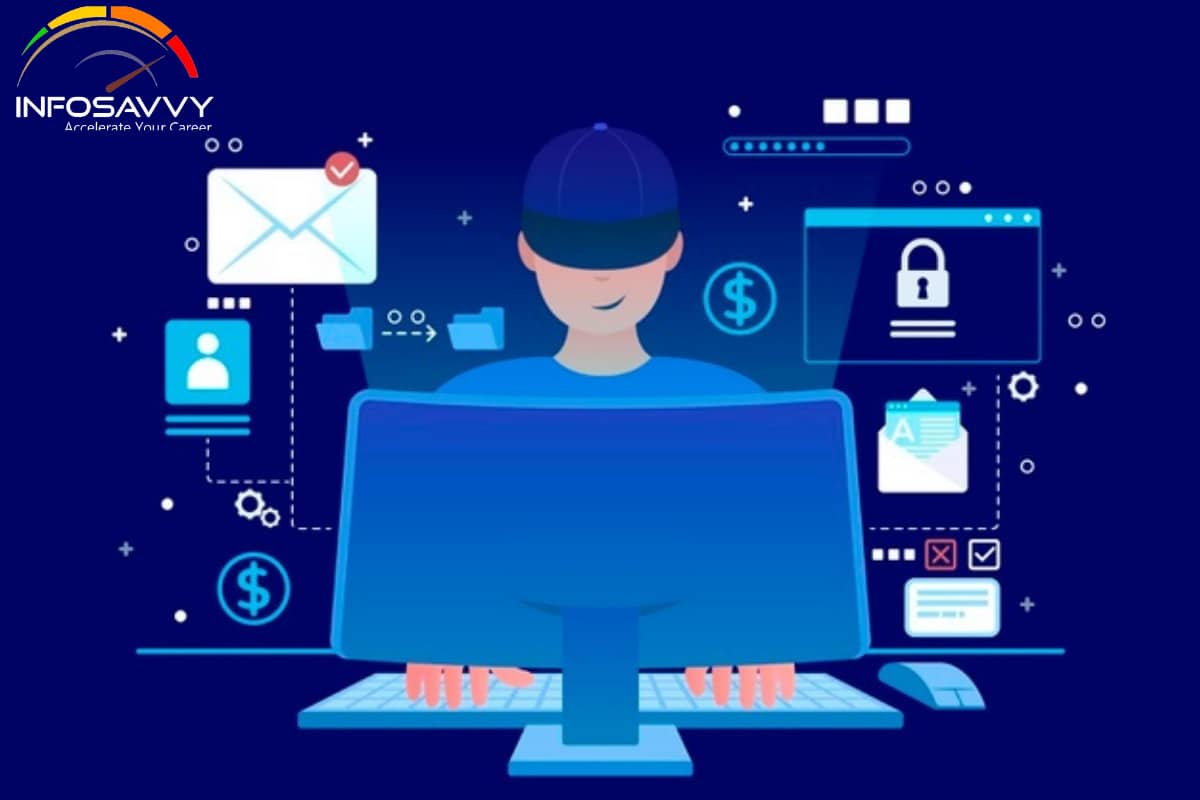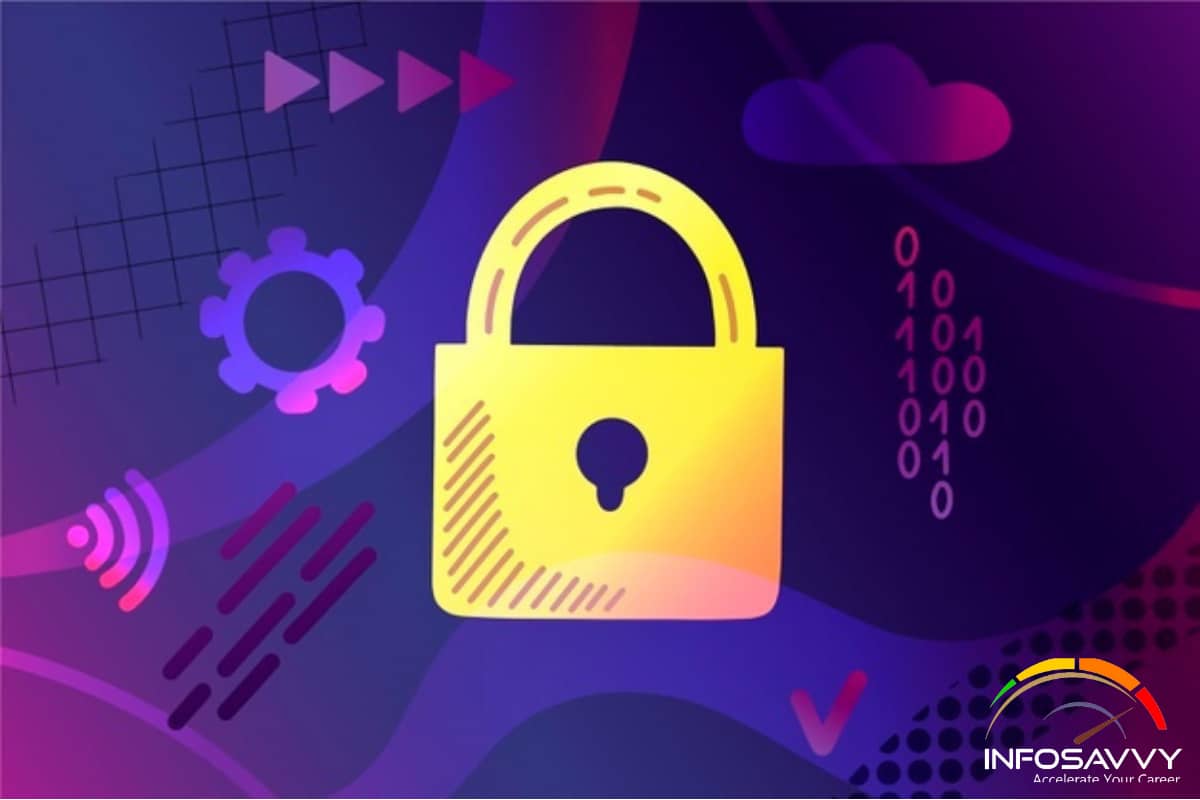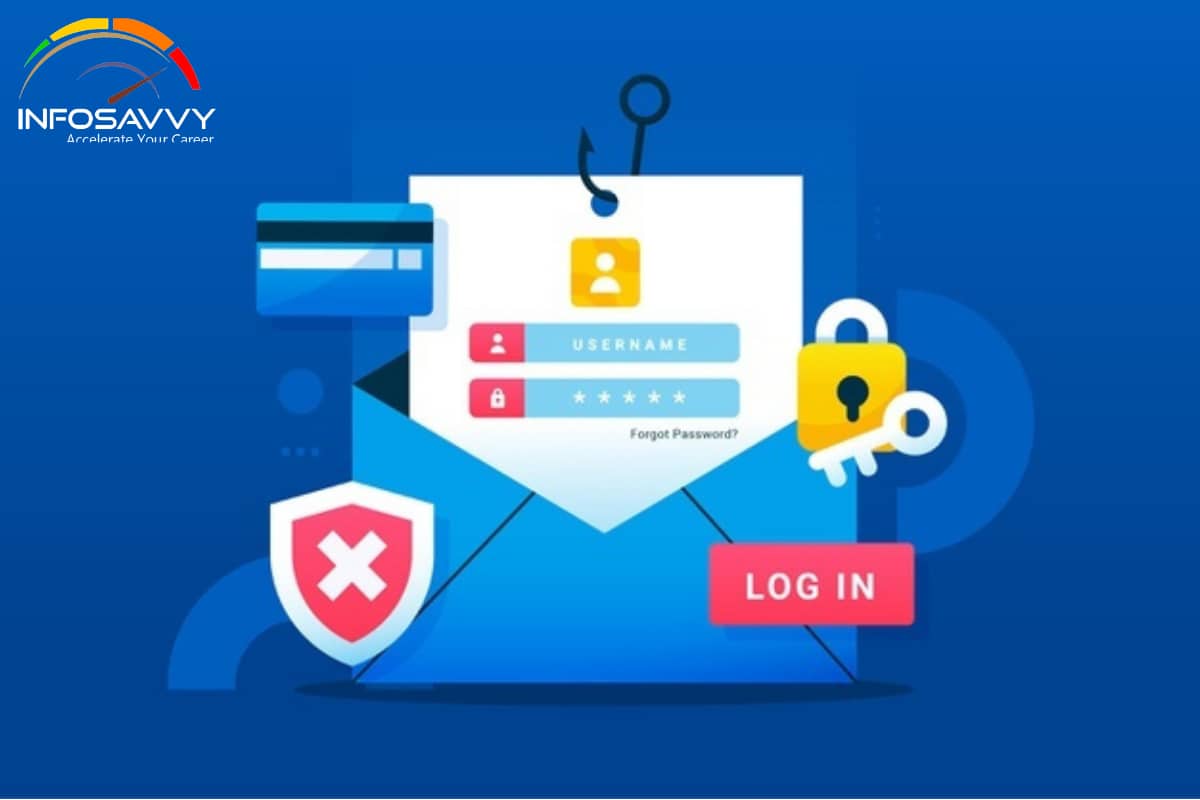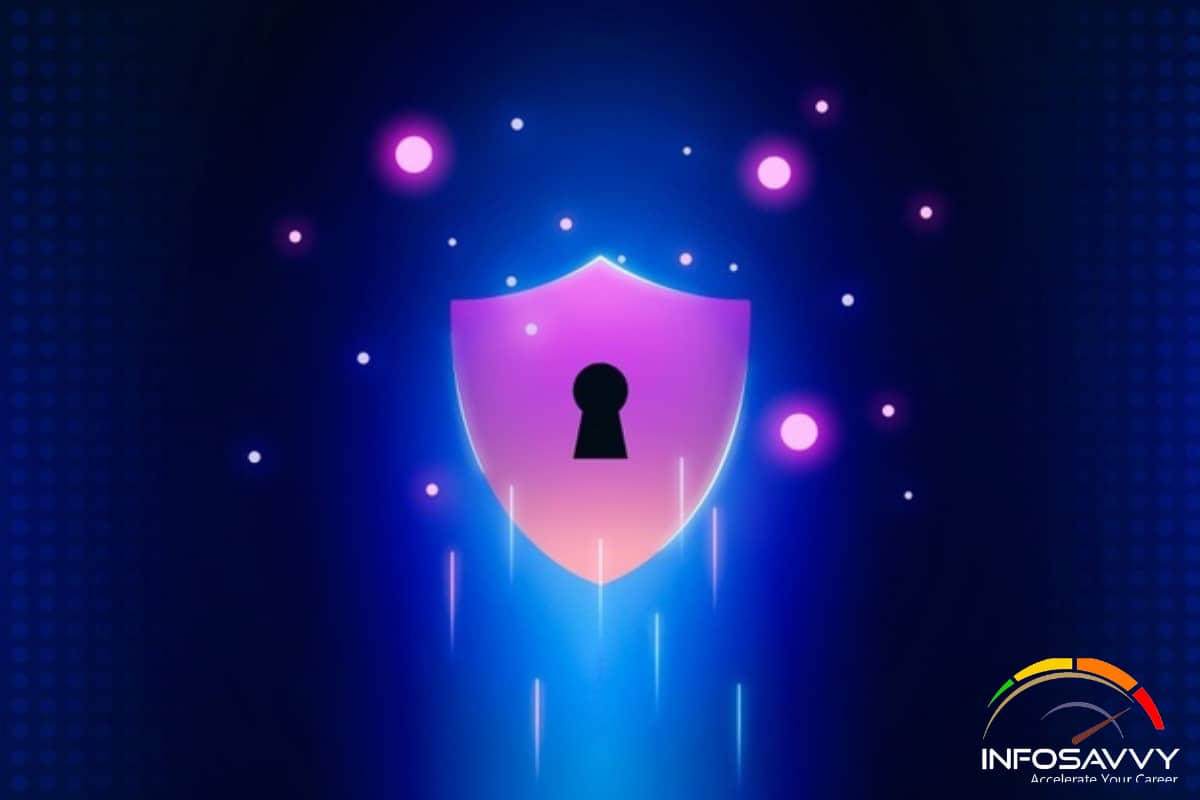








Attend specially designed weekend trainings and get certified from top certification bodies. So stay home, stay certified and get ahead
- Live Online and Classroom based trainings
- Trainers with Minimum 15 Years of Experience
- Certification Consultations
- Articles and knowledge base updated everyday
- Career Path Consultation



Certification Partner

CEH (v11) - Certified Ethical Hacking Training & Certification
The Certified Ethical Hacker (CEH) program is the most comprehensive ethical hacking course on the globe to help information security professionals grasp the fundamentals of ethical hacking. The course outcome helps you become a professional who systematically attempts to inspect network infrastructures with the consent of its owner to find security vulnerabilities which a malicious hacker could potentially exploit.

So, Why CEHv11? Just watch the video
Cybersecurity Blogpost
Recent Posts
Recent Posts
- Scenaro : 1. Victim opens the attacker’s web site. 2. Attacker sets up a web site which contain interesting and attractive content like ‘Do you want to make $1000 in a day? 3. Victim clicks to the interesting and attractive content URL. 4. Attacker creates a transparent ‘iframe’ in front of the URL which the victim attempts to click, so the victim thinks that he/she clicks on the ‘Do you want to make $1000 in a day?’ URL but actually he/she clicks on the content or URL that exists in the transparent ‘iframe’ which is setup by the attacker. What is the name of the attack which is mentioned in the scenario? April 1, 2021
- Sam is working as a system administrator in an organization . He captured the principle characteristics of a vulnerability and produced a numerical score to reflect its severity using CVSS v3.0 to properly assess and prioritize the organization’s vulnerability management processes. The base score that Sam obtained after performing CVSS rating was 4.0 What is CVSS severity level of the vulnerability discovered by Sam in the above scenario? March 27, 2021
- Clark , a professional hacker, was hired by an organization to gather sensitive information about its competitors surreptitiously. Clark gathers the server IP address of the target organization using Whois footprinting. Further, he entered the server IP address as an input to an online tool to retrive information such as the network range of the target organization and to identify the network topology and operating system used in the network. What is the online tool employed by Clark in the above scenario? March 25, 2021
- John a disgruntled ex-employee of an organization, contacted a professional hacker to exploit the organization. In the attack process, the professional hacker installed a scanner on a machine belonging to one of the victim and scanned several machines on the same network to identify vulnerabilities to perform further exploitation. What is the type of vulnerability assessment tool employed by john in the above scenario? March 25, 2021
- An organization has automated the operation of critical infrastructure from a remote location. For this purpose, all the industrial control systems are connected to the INTERNET. To empower the manufacturing processs, ensure the reliability of industrial networks, and reduce downtime and service disruption, the organization decided to install an OT security tool that further protects against security incidents such as cyber espionage, zero-day attack, and malware. Which of the following tools must the organization employ to protect its critical infrastructure? March 25, 2021
- Ralph, a professional hacker, targeted Jane , who had recently bought new systems for her company. After a few days, Ralph contacted Jane while masquerading as a legitimate customer support executive, informing that her systems need to be serviced for proper functioning and that customer support will send a computer technician. Jane promptly replied positively. Ralph entered Jane’s company using this opportunity and gathered sensitive informations by scanning terminals for passwords, searching for important documents in desks, and rummaging bins. What is the type of attack technique Ralph used on Jane? March 25, 2021
- Jason, an attacker, targeted an organization to perform an attack on its Internet-facing web server with the intention of gaining access to backend servers, which are protected by a firewall. In this process, he used a URL https://xyz.com/feed.php?url=externalsite.com/feed/to to obtain a remote feed and altered the URL input to the local host to view all the local resources on the target server. What is the type of attack Jason performed in the above scenario? March 20, 2021
- Security administrator John Smith has noticed abnormal amounts of traffic coming from local computers at night. Upon reviewing, he finds that user data have been exfiltered by an attacker. AV tools are unable to find any malicious software, and the IDS/IPS has not reported on any non-whitelisted programs. What type of malware did the attacker use to bypass the company ‘s application whitelisting? March 18, 2021
- Gillbert, a web developer, uses a centralized web API to reduce complexity and increase the integrity of updating and changing data. For this purpose, he uses a web service that uses HTTP methods such as PUT, POST, GET, and DELETE and can improve the overall performance, visibility, scalability, reliability, and portability of an application. What is the type of web-service API mentioned in the above scenario? March 18, 2021
- Attacker lauren has gained the credentials of an organization’s internal server system, and she was often logging in during irregular times to monitor the network activities. The organization was skeptical about the login times and appointed security professional Robert to determine the issuee. Robert analyzed the compromised device to find incident details such as the type of attack, its severity, target, impact, method of propagation, and vulnerabilities exploited. What is the incident handling and response (IH&R) phase, in which Robert has determined this issues? March 17, 2021
ISACA is Your Career
Resumés/CVs may list your experience and knowledge, but an ISACA certification designation after your name proves it.

✓ Career Path: Lead IS/IT Auditor
✓ Focus: IT Audit
✓ Exam Duration: 4 Hours
✓ Training Duration: 5 Days

✓ Career Path: Chief Risk Officer (CRO)
✓ Focus: Risk Management
✓ Exam Duration: 4 Hours
✓ Training Duration: 3 Days

✓ Career Path: Chief Security Officer CSO/CISO
✓ Focus: Information Security
✓ Exam Duration: 4 Hours
✓ Training Duration: 4 Days
Latest Blog post
Knowledge Base
Infosavvy is a training institute providing trainings and certifications in multiple domains viz IT Management,Information Security Management, Cyber Security & Quality management to aspiring technology professionals. High quality educational services is prime focus at Infosavvy. A wide variety of certification courses are designed as per learning & career needs of working professionals & students.
Address (Main Branch): Infosavvy 2nd Floor Sai Niketan, Opp Borivali Railway Station, Borivali (West), Mumbai, Maharashtra 400092 INDIA
Address: Infosavvy, Gayatri Apartment, 1st Floor, Vishnu Nagar Road, opposite Samsung Gallery, Naupada, Thane West, Maharashtra 400602
Cyber Security Course- +91 93249 42613 | IT Management Course- +91 70455 40400
www.Info-savvy.com | Email :- info@info-savvy.com
Frequently asked questions
Our Representatives will guide you once you finish the training
Yes we do. Every trainee gets access to our practice examination module once the training is complete
Our instructors will guide in getting you ready for the training.
You can attend the missed training day on the next batch. You can get in touch with the batch coordinator for details.
We conduct live online training through various platforms like Webex and Zoom. Our batch coordinators will get in touch with each trainee before the start of the training
For more information on how Infosavvy conducts training during COVID lockdown Contact Us

